Year 5
Australian communities - their past, present and possible futures
The Year 5 curriculum focuses on colonial Australia in the 1800s and the social, economic, political and environmental causes and effects of Australia's development, and on the relationship between humans and their environment. Students' geographical knowledge of Australia and the the world is expanded as they explore the continents of Europe and North America, and study Australia's colonisation, migration and democracy in the 1800s. Students investigate how the characteristics of environments are influenced by humans in different times and places, as they seek resources, settle in new places and manage the spaces within them. They also investigate how environments influence the characteristics of places where humans live and human activity in those places. Students explore how communities, past and present, have worked together based on shared beliefs and values. The curriculum introduces studies about Australia's democratic values, its electoral system and law enforcement. In studying human desire and need for resources, students make connections to economics and business concepts around decisions and choices, gaining opportunities to consider their own and others' financial, economic, environmental and social responsibilities and decision-making, past, present and future.
The content provides opportunities for students to develop humanities and social sciences understanding through key concepts including significance; continuity and change; cause and effect; place and space; interconnections; roles, rights and responsibilities; and perspectives and action. These concepts may provide a focus for inquiries and be investigated across sub-strands or within a particular sub-strand context.
The content at this year level is organised into two strands: knowledge and understanding, and inquiry and skills. The knowledge and understanding strand draws from four sub-strands: history, geography, civics and citizenship and economics and business. These strands (knowledge and understanding, and inquiry and skills) are interrelated and have been developed to be taught in an integrated way, which may include integrating with content from the sub-strands and from other learning areas, and in ways that are appropriate to specific local contexts. The order and detail in which they are taught are programming decisions.
Inquiry Questions
A framework for developing students' knowledge, understanding and skills is provided by inquiry questions. The following inquiry questions allow for connections to be made across the sub-strands and may be used or adapted to suit local contexts: inquiry questions are also provided for each sub-strand that may enable connections within the humanities and social sciences learning area or across other learning areas.
- How have individuals and groups in the past and present contributed to the development of Australia?
- What is the relationship between environments and my roles as a consumer and citizen?
- How have people enacted their values and perceptions about their community, other people and places, past and present?
(source: www.australiancurriculum.edu.au)
Achievement Standard
By the end of Year 5, students describe the significance of people and events/developments in bringing about change. They identify the causes and effects of change on particular communities and describe aspects of the past that have remained the same. They describe the experiences of different people in the past. Students explain the characteristics of places in different locations at local to national scales. They identify and describe the interconnections between people and the human and environmental characteristics of places, and between components of environments. They identify the effects of these interconnections on the characteristics of places and environments. Students identify the importance of values and processes to Australia's democracy and describe the roles of different people in Australia's legal system. They recognise that choices need to be made when allocating resources. They describe factors that influence their choices as consumers and identify strategies that can be used to inform these choices. They describe different views on how to respond to an issue or challenge.
Students develop questions for an investigation. They locate and collect data and information from a range of sources to answer inquiry questions. They examine sources to determine their purpose and to identify different viewpoints. They interpret data to identify and describe distributions, simple patterns and trends, and to infer relationships, and suggest conclusions based on evidence. Students sequence information about events, the lives of individuals and selected phenomena in chronological order using timelines. They sort, record and represent data in different formats, including large-scale and small-scale maps, using basic conventions. They work with others to generate alternative responses to an issue or challenge and reflect on their learning to independently propose action, describing the possible effects of their proposed action. They present their ideas, findings and conclusions in a range of communication forms using discipline-specific terms and appropriate conventions.
(source: www.australiancurriculum.edu.au)
Achievement Standard
By the end of Year 5, students describe the significance of people and events/developments in bringing about change. They identify the causes and effects of change on particular communities and describe aspects of the past that have remained the same. They describe the experiences of different people in the past.
Students sequence information about events and the lives of individuals in chronological order using timelines. When researching, students develop questions for a historical inquiry. They identify a range of sources and locate, collect and organise information related to this inquiry. They analyse sources to determine their origin and purpose and to identify different viewpoints. Students develop, organise and present their texts, particularly narrative recounts and descriptions, using historical terms and concepts.
(source: www.australiancurriculum.edu.au)
Achievement Standard
By the end of Year 5, students describe the location of selected countries in relative terms. They explain the characteristics of places in different locations at local to national scales. They identify and describe the interconnections between people and the human and environmental characteristics of places, and between components of environments. They identify the effects of these interconnections on the characteristics of places and environments. They identify and describe different possible responses to a geographical challenge.
Students develop appropriate geographical questions for an investigation. They locate, collect and organise data and information from a range of sources to answer inquiry questions. They represent data and the location of places and their characteristics in graphic forms, including large-scale and small-scale maps that use the cartographic conventions of border, scale, legend, title and north point. They describe the location of places and their characteristics using compass direction and distance. Students interpret maps, geographical data and other information to identify and describe spatial distributions, simple patterns and trends, and suggest conclusions. They present findings and ideas using geographical terminology in a range of communication forms. They propose action in response to a geographical challenge and identify the possible effects of their proposed action.
(source: www.australiancurriculum.edu.au)
Achievement Standard
By the end of Year 5, students identify the importance of values and processes to Australia's democracy and describe the roles of different people in Australia's legal system. They identify various ways people can participate effectively in groups to achieve shared goals and describe different views on how to respond to a current issue or challenge.
Students develop questions for an investigation about the society in which they live. They locate and collect information from different sources to answer these questions. They examine sources to determine their purpose and identify different viewpoints. They interpret information to suggest conclusions based on evidence. Students identify possible solutions to an issue as part of a plan for action and reflect on how they work together. They present their ideas, conclusions and viewpoints in a range of communication forms using civics and citizenship terms and concepts.
(source: www.australiancurriculum.edu.au)
Achievement Standard
By the end of Year 5, students distinguish between needs and wants and recognise that choices need to be made when allocating resources. They describe factors that influence their choices as consumers. Students identify individual strategies that can be used to make informed consumer and financial choices.
Students develop questions for an investigation about an economics or business issue or event. They locate and collect data and information from a range of sources to answer these questions. They examine sources to determine their purpose and suggest conclusions based on evidence. They interpret, sort and represent data in different formats. They generate alternative responses to an issue or challenge and reflect on their learning to propose action, describing the possible effects of their decision. Students apply economics and business skills to everyday problems. They present their ideas, findings and conclusions in a range of communication forms using economics and business terms.
(source: www.australiancurriculum.edu.au)
- Plus Plan
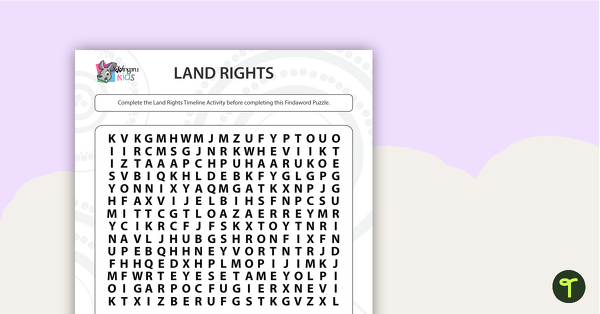
Land Rights Word Search - Upper Primary
A printable Land Rights Word Search worksheet for your upper primary school students to complete.
- Plus Plan

Land Rights Timeline Worksheet
A printable Land Rights Timeline worksheet for your students to complete in your classroom.
- Plus Plan
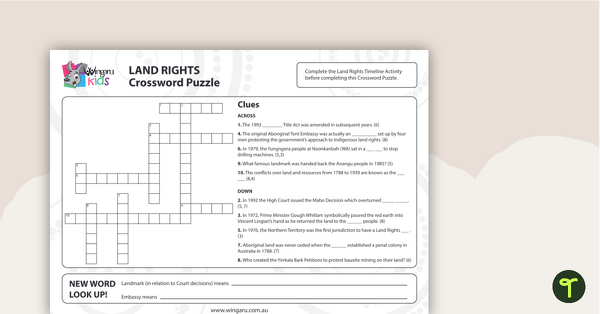
Land Rights Crossword
A printable Land Rights Crossword worksheet for your students to complete in your classroom.
- Plus Plan

Land Rights Jumbled Words
A Land Rights jumbled words printable worksheet for your students to complete in your classroom.
- Free Plan

Significant First Nations Australians - Inquiry Task
An inquiry research task to use in the classroom during NAIDOC Week.
- Plus Plan
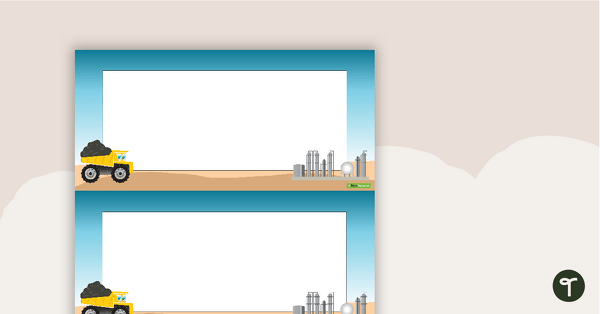
Mining Word Wall Vocabulary
Sixty-seven mining related vocabulary cards for a word wall.
- Plus Plan
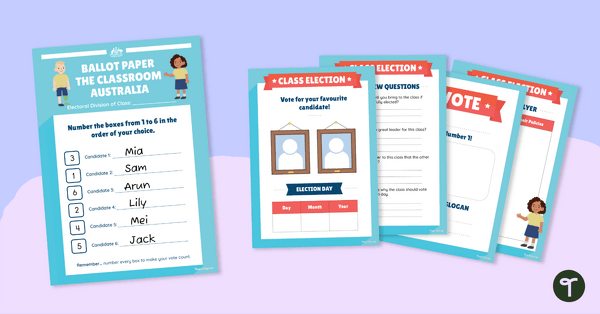
Class Election Templates
Use this set of posters, interview questions and a class ballot to use in a mock election or class election.
- Free Plan
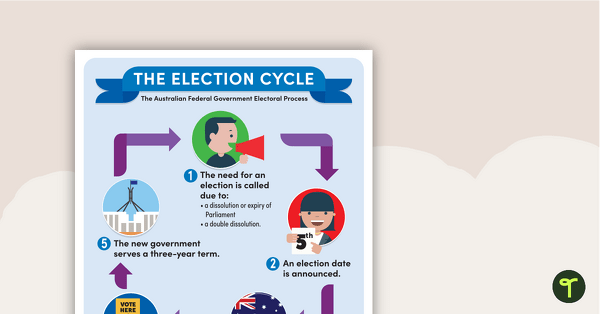
The Election Cycle - Poster
Explore the Australian election cycle with this informative classroom poster.
- Plus Plan

Classroom Energy Audit Worksheet
An investigation that will have students observing the energy usage in their classroom and proposing action to reduce energy waste.
- Plus Plan
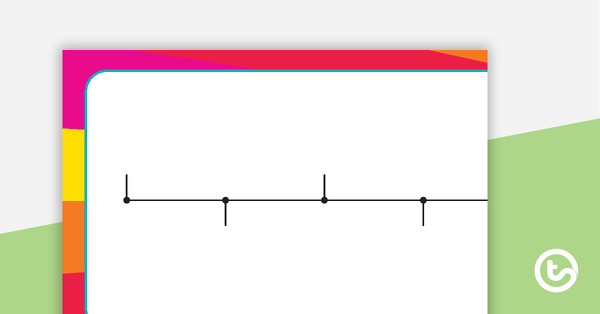
Commonwealth Games Timeline Activity
A template and classroom display banner to create a Commonwealth Games Timeline.
- Plus Plan
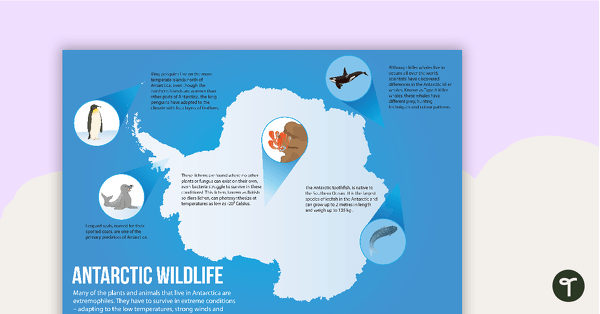
Antarctic Wildlife Poster
A poster highlighting some of the main wildlife in Antarctica.
- Plus Plan
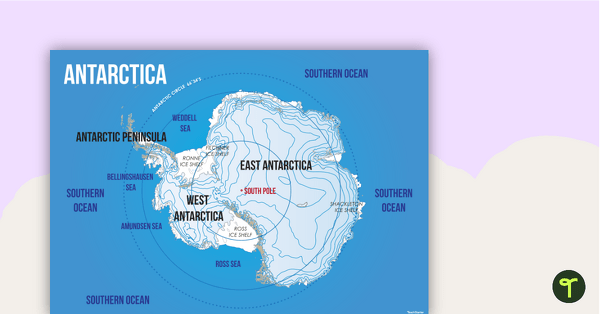
Map of Antarctica
Familiarise your students with the continent of Antarctica using a labelled map.
- Free Plan
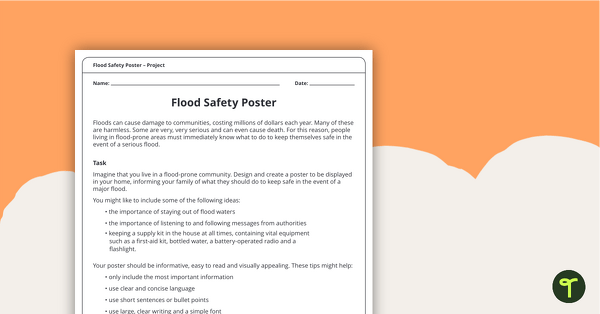
Flood Safety Poster - Design and Create Task
A design and create task for students to demonstrate their understanding of the impact of floods.
- Plus Plan
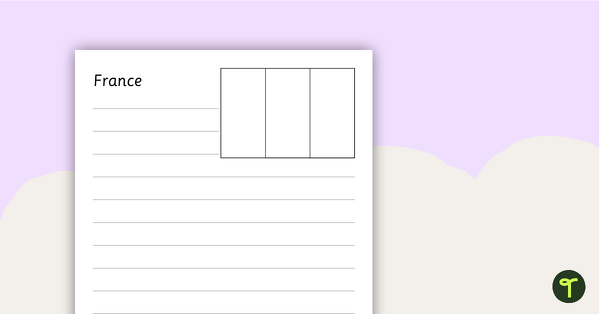
European Flags Worksheets - BW
Twenty-seven black and white worksheets with a selection of flags from Europe.
- Plus Plan

North American Flags Worksheets - BW
Seventeen black and white worksheets with flags from North America.
- Plus Plan
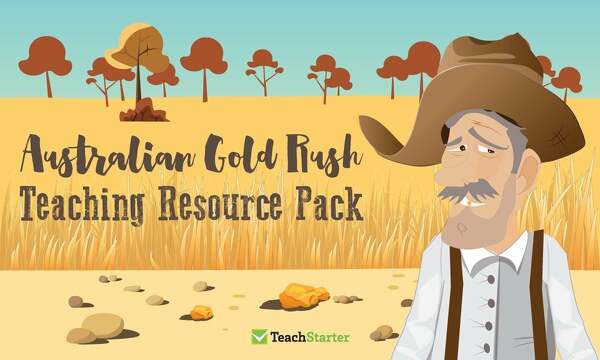
Australian Gold Rush — Teaching Resource Pack
A resource pack containing a range of posters, worksheets and activities to use in your classroom when teaching a unit of work on the Australian Gold Rush.
- Plus Plan
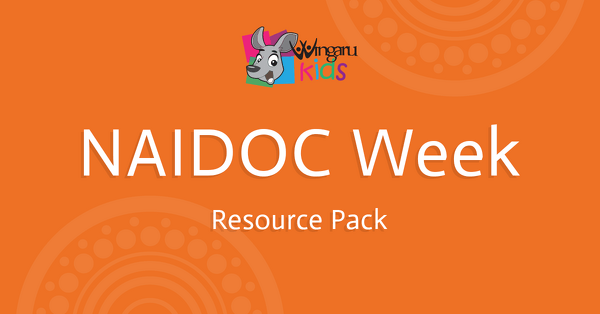
NAIDOC Week 2021 Teaching Resource Pack
A NAIDOC Week 2021 teaching resource pack that contains activities, worksheets and information for your students.
- Plus Plan
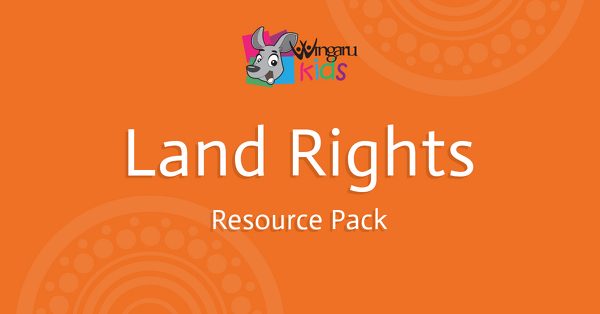
NAIDOC Week Land Rights Teaching Resource Pack
Wingaru Education has put together a timeline of Aboriginal land rights events. From the time of Cook’s intrusive exploration and the subsequent invasion by the First Fleet, land has been taken from Aboriginal People against their will. There are a number of ways to delve into this topic with your class.
- Plus Plan
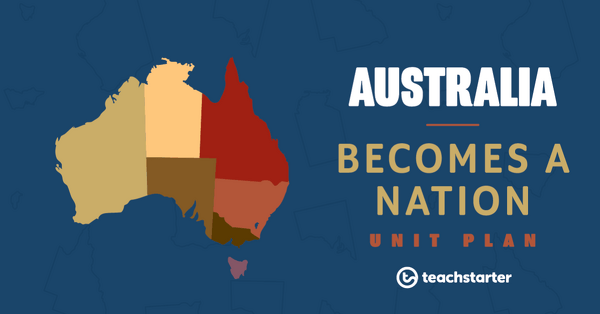
Australia Becomes a Nation Unit Plan
This Australian History unit covers a range of concepts relating to the establishment of the Australian colonies, Australian Federation and the Australian Constitution.
- Plus Plan
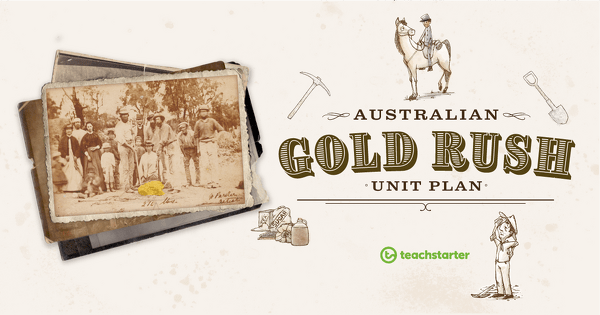
Australian Gold Rush Unit Plan
This Australian Gold Rush unit investigates the historical discovery of Australia’s Gold Rush period, from the mid-to-late 1800s. Ideas include the discovery of gold, mining lifestyle, wealth and success, social consequences, and how these shaped the Australia we live in today.
- Plus Plan
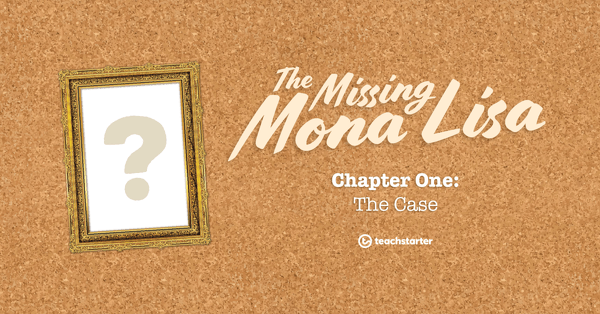
The Missing Mona Lisa - Chapter 1: The Case
Your students, the Adventure Agents, will be taken on a learning journey where they are required to piece together the clues and information provided to crack the case of the Missing Mona Lisa!
- Plus Plan
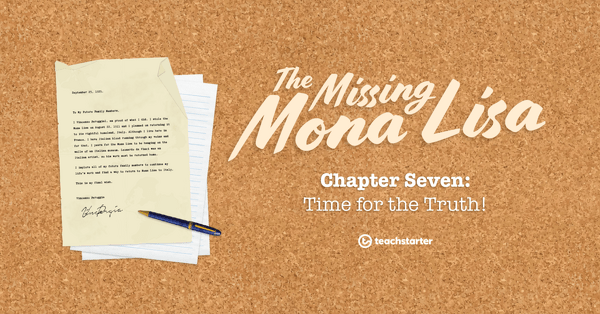
The Missing Mona Lisa – Chapter 7: Time for the Truth!
The truth comes out in this chapter and the Adventure Agents are able to start using all the information they have collected over the previous chapters to start eliminating some suspects.
- Plus Plan
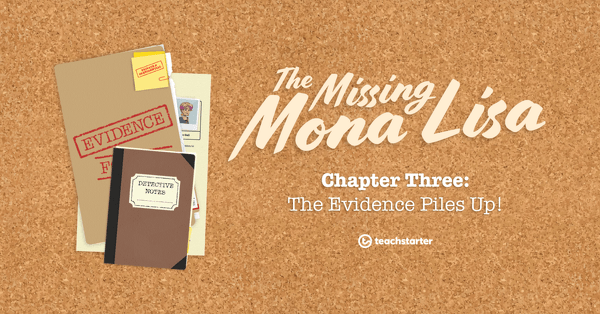
The Missing Mona Lisa – Chapter 3: The Evidence Piles Up!
Chapter 3 introduces the Adventure Agents to the evidence collected so far and requires them to write a newspaper report informing the public that the 'Mona Lisa' has been stolen.
- Plus Plan
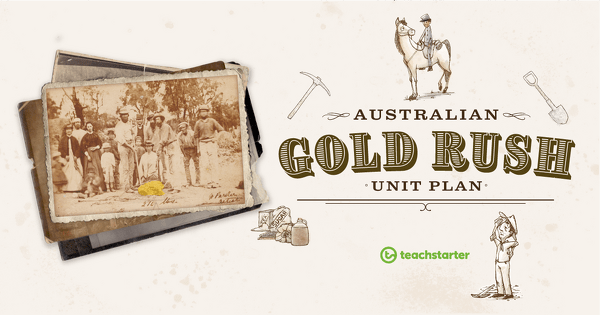
A Golden Democracy – Laws, Taxes and Voting Equality
A 60-minute lesson designed to explain how events during the gold rush influenced Australian laws, taxes, equality and voting rights, and how they shaped our current democracy.
- Plus Plan

The Missing Mona Lisa – Chapter 6: Evidence and Opportunity
The Adventure Agents will begin bringing all the information from the witnesses and evidence together to start forming a picture of what happened on the night the Mona Lisa was stolen.
- Plus Plan
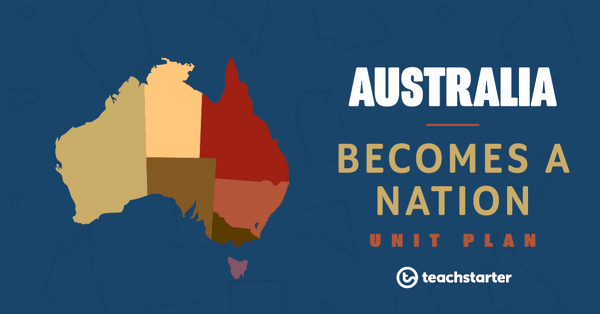
The Establishment of Australia's Colonies
A 60 minute lesson in which students will explore the unique characteristics and history of the six colonies of Australia.
- Plus Plan
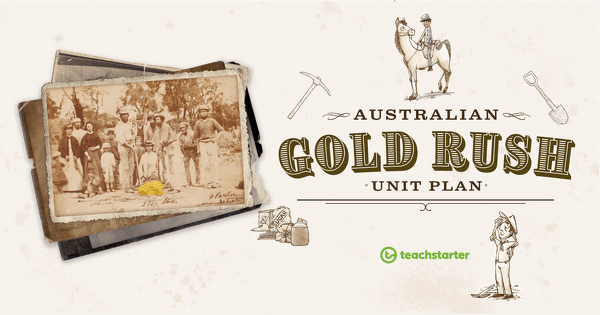
Assessment: Living Wax Museum – Australian Gold Rush
A 60-minute assessment designed to assess students' knowledge and understanding of the people, politics and events of the Australian Gold Rush.
- Plus Plan

Eureka Stockade – Fighting for a Vote
A 60-minute lesson in which students learn about the events that led to the Eureka Stockade and how they changed Australian society.
- Plus Plan
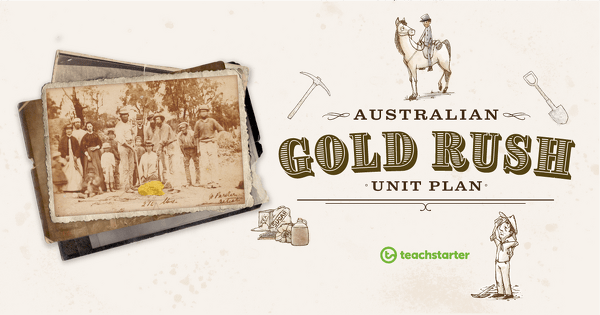
Melting Pot – Exploring the Cultures That Made the Australian Gold Rush
A 60-minute lesson about the influence different cultures had on Australia during the gold rush years, the challenges newcomers faced, and how they made Australia what it is today.
- Plus Plan

A Digger's Life – Exploration of Life on the Goldfields
A 60-minute lesson in which students learn about the working and living conditions of miners on the Australian goldfields.
- Plus Plan
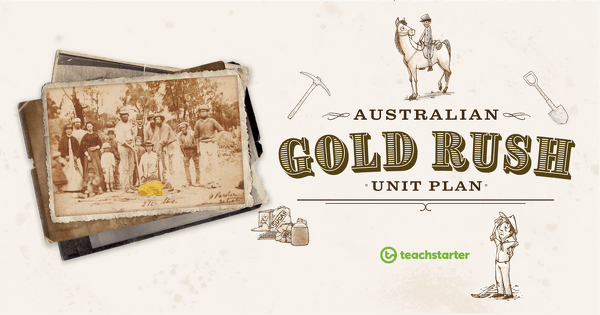
Gold Fever - Kick Starting the Australian Gold Rush
A 60-minute lesson in which students learn about the discovery of gold and initial phases of the Australian Gold Rush.
- Plus Plan
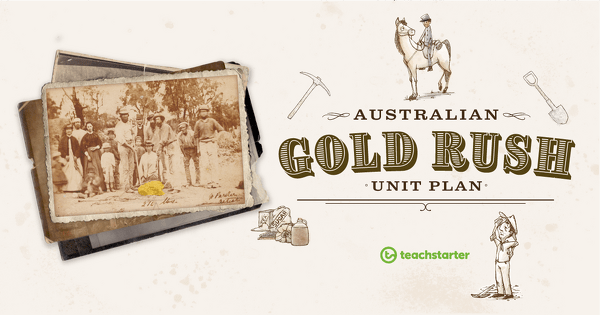
Gold – Defining It
A 60-minute lesson in which students will learn what gold is and how it helped shape the currency we use today.